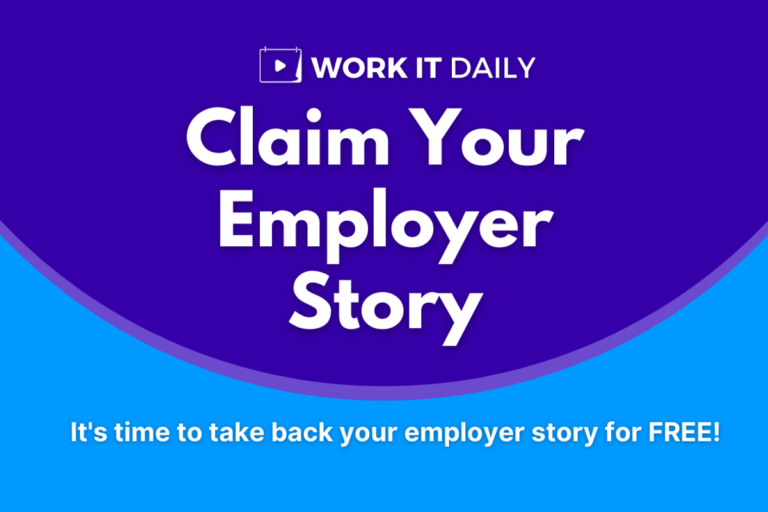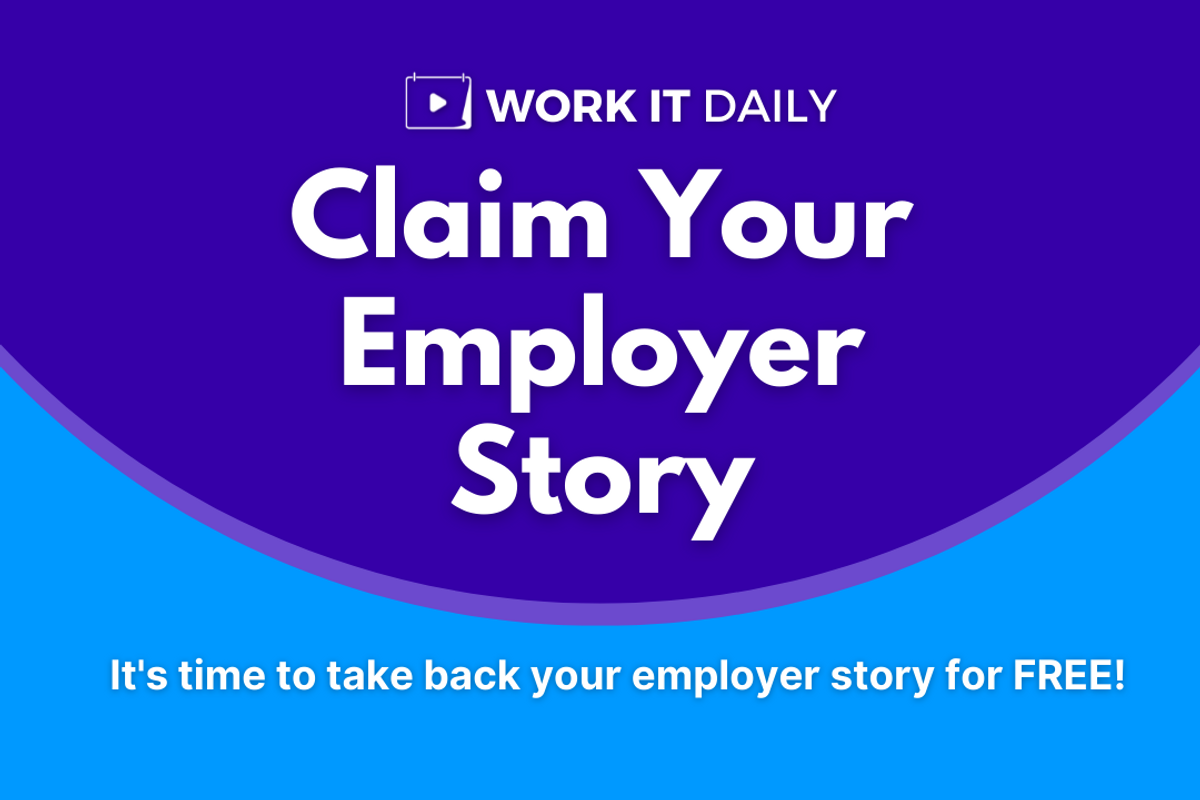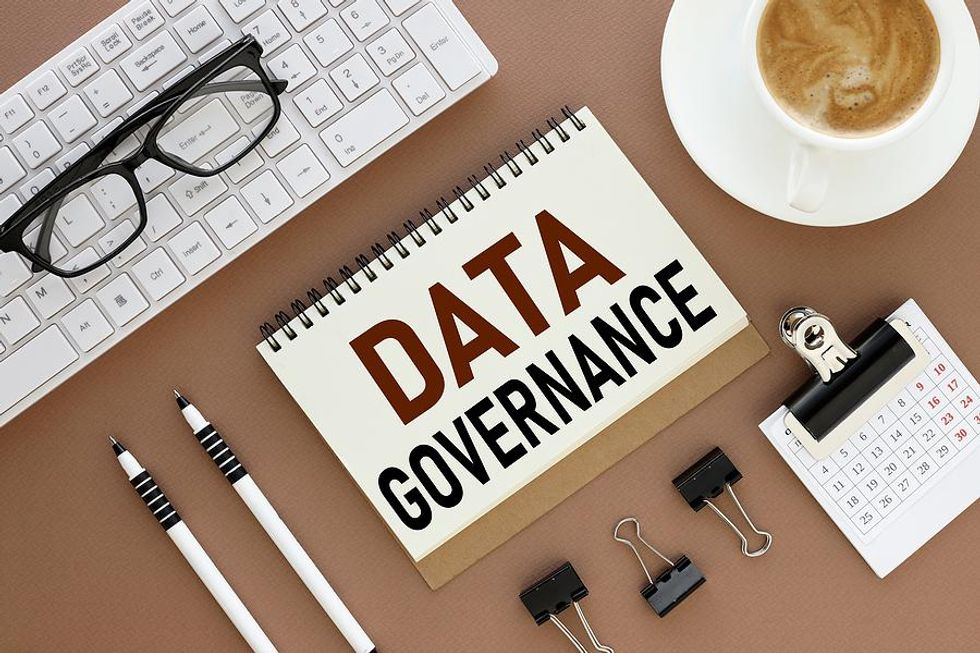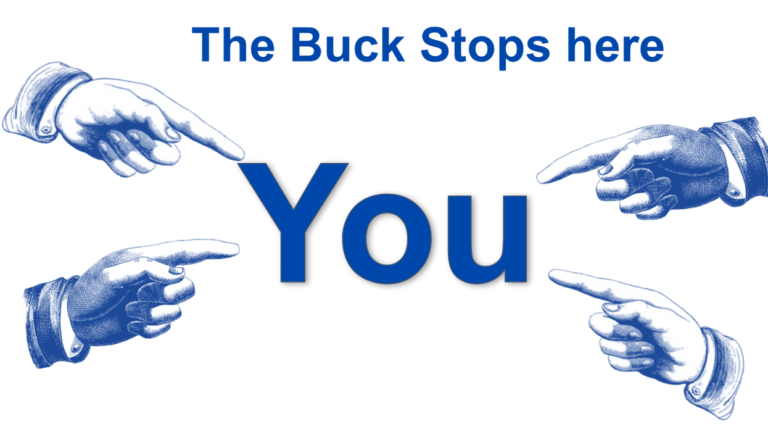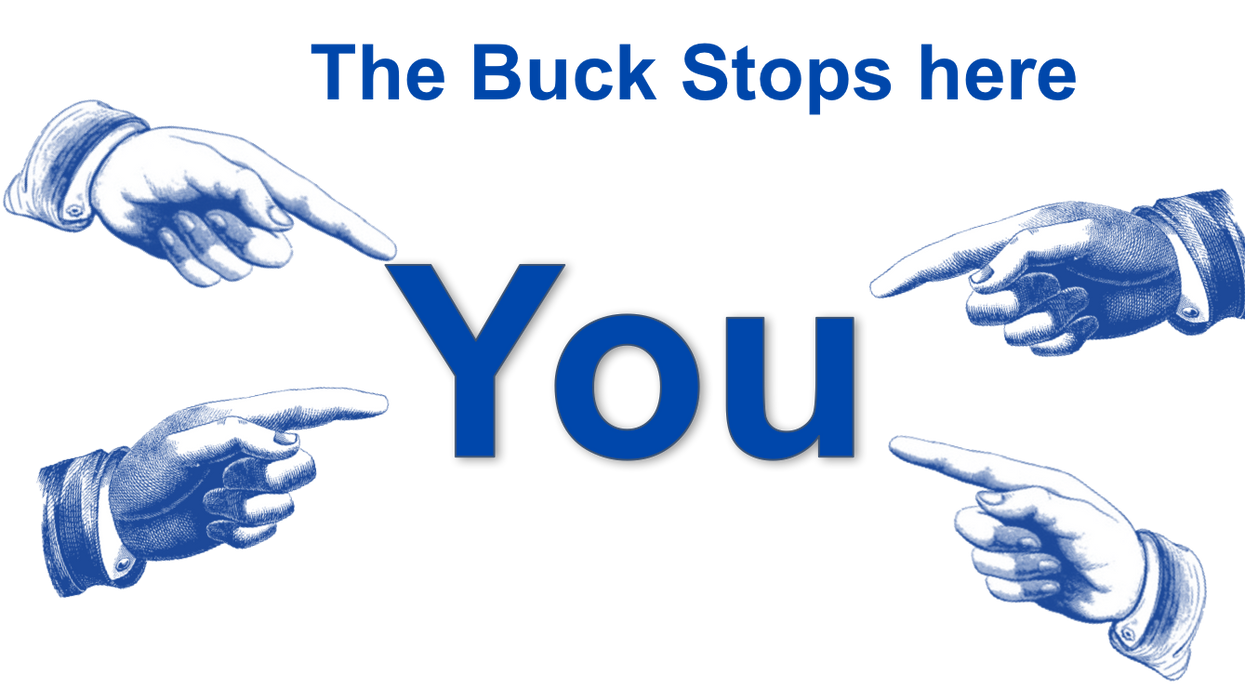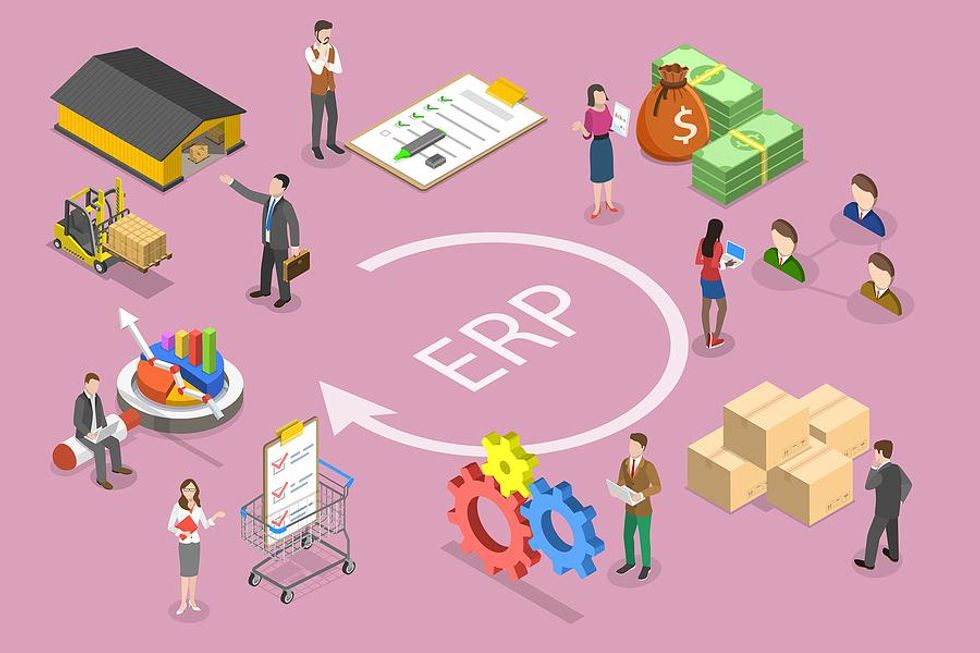
Brand pillars are the foundation of your brand and contribute to your overall brand DNA. There are five pillars: purpose, positioning, perception, personality, and promotion. Brand pillars help you define your unique characteristics and experiences, driving every consumer touchpoint to differentiate you from your competitors.
Letâs review the five brand pillars and how to implement them within your organization.
Purpose

Brand purpose is “why” you exist. It’s the reason for being beyond making a profit. A great brand purpose will always put the consumers first and manifest itself in everything it does.
Knowing the deeper “why” your company or brand exists provides the foundation on which to build everything else.
Simon Sinek, author of the book Start with Why, introduced the idea of defining brand purpose to a global audience in his 2009 TED talk.
“People don’t buy what you do; they buy why you do it. The goal is not to do business with everybody who needs what you have. The goal is to do business with people who believe what you believe.”âSimon Sinek, How Great Leaders Inspire Action.
Here are some key questions to ask yourself to get at the “why” when developing your brand purpose:
- Why does our company exist?
- What drives our brand?
- What is unique about our business? What is our secret sauce that no one else has?
- What problem are we trying to solve?
- Why would our ideal customer choose our product/service?
- What are we exceptional at?
- What inspires us day in, day out?
- What do we want our legacy to be?
- What are we most proud of as an organization?
- Where do we want to be a year from now? Five years? Ten years?
Brand purpose is critical in today’s market as it shows your customers, employees, and competitors that you’re bigger than just turning a profit.
Positioning
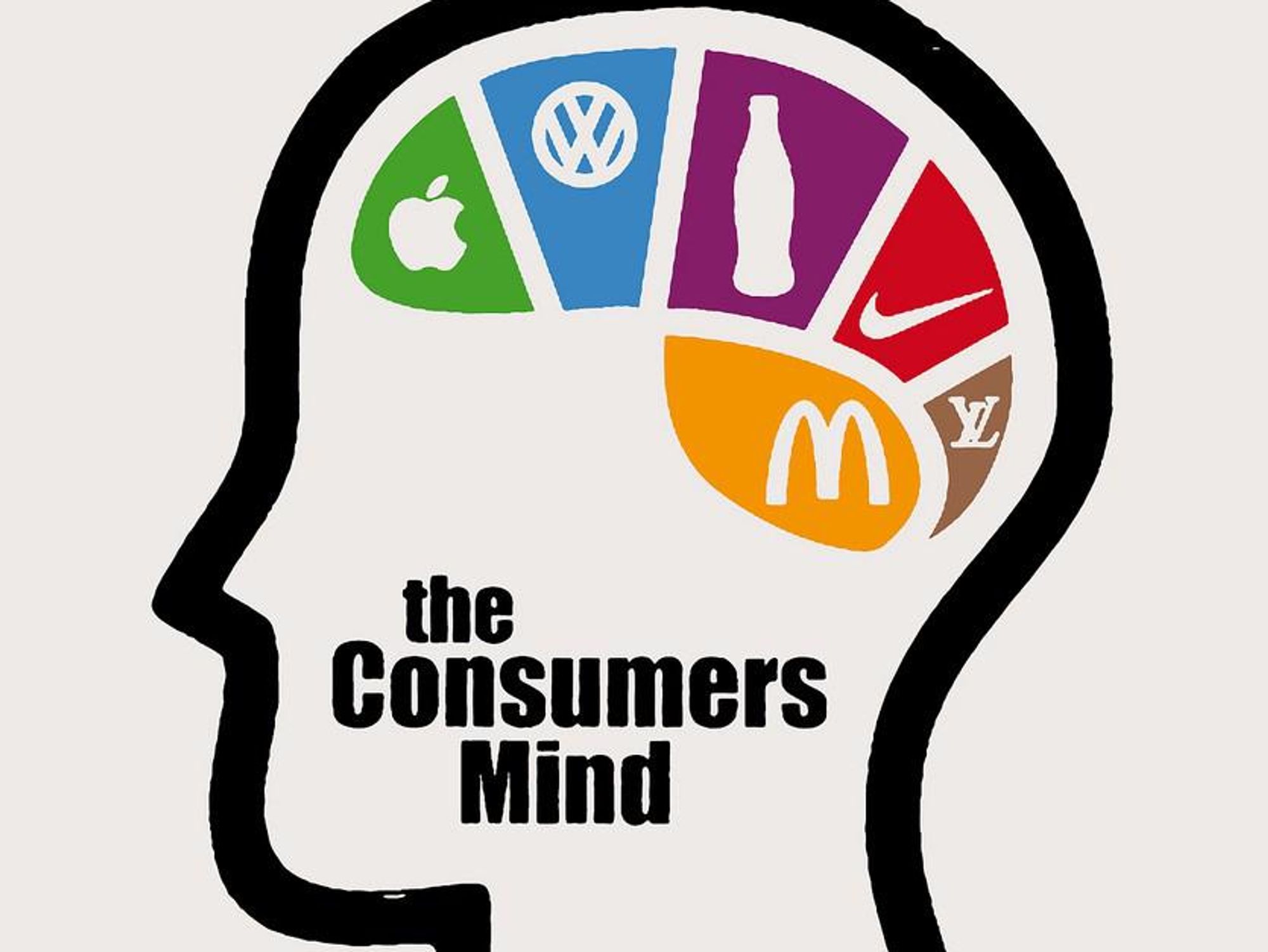
Brand positioning is the process of positioning your brand in the mind of your customers based on your brand purpose and values that gives you a competitive advantage.
What do you think of when you hear “search engine”? Did Google come to mind? This product is positioned to dominate its category. What about a company that provides “overnight shipping”? FedEx owns the transportation category even though other companies provide overnight shipping.
A well-developed and implemented brand position provides a sustainable competitive advantage, communicates value to customers, is a vehicle to help manage brand consistency, and impacts the bottom line.
Here are five steps to consider when creating your brand positioning.
- Evaluate Current Standing: Evaluate your current brand positioning. Is it working? Does it reach your target audience? Is it helping to achieve your business goals? If not, you may need to look at repositioning your brand.
- Research Your Competitors: You can’t stand out from the crowd if you don’t know what the crowd is doing. Conduct a competitive analysis to evaluate your competitor’s brand position by looking at their social media feeds, company websites, marketing & advertising materials, and customer service. Look at who they’re targeting, what their messaging is, their unique selling proposition, and their positioning strategies. For more information on how to gather competitive research, check out my article.
- Identify Your Target Audience: Understanding your target audience is critical as this information will define every strategy you execute. Your goal is to define your target audience into a simple statement: Our target market is (gender) aged (age range), who live in (place or type of place) and like to (activity). For more information on how to develop your target audience, check out my article.
- Identify Your Differentiators: Just like everyone is unique and different, so is your brand. It’s your job to find those characteristics and differentiators that will make your brand stand out from the competitive crowd. List all the things that your competitors do well. List all of the things you do well. List what your customers want. Now start comparing your most unique angles against your audience’s needs. Are there any needs that haven’t been filled? Is there anything that you provide that your competitors can’t easily copy or reproduce? Check out my article on how to develop your unique differentiators
- Craft Brand Positioning Statement: Here is a template to follow when crafting your brand positioning statement.
Personality

A brand personality can be defined as the set of human characteristics associated with your brand. Itâs communicated through tone of voice, visuals, and even policies. Theyâre expressed as adjectives that convey how you want people to perceive your brand. For example, is your brand cheerful, funny, friendly, youthful, innovative, spirited, dependable, responsible, credible, sophisticated, rebellious, cunning, powerful, honest, and so on? Here is a list of 200+ adjectives to get you started.
Letâs look at an example: Coca-Cola is considered real and authentic while Pepsi tends to be young, spirited, and exciting, and Dr. Pepper is seen as nonconforming, unique, and fun. Source.
A brand can also be described by demographics (age, gender, social class, and race), lifestyle (activities, interests, and opinions), or human personality traits (extroversion, agreeableness, and dependability). Source.
There are three approaches on how to find your brand personality.
- Jennifer Aakerâs Dimensions of Brand Personality framework contains 15 traits organized into five factors (Sincerity, Excitement, Competence, Sophistication, and Ruggedness).
- Carl Jungâs Brand Archetypes Framework believes that archetypes are models of people, behaviors, or personalities, thus making them more recognizable and relatable to target audiences. Jung identified 12 archetypes. The idea is that any brand can relate to one of the 12 archetypes that help define the brand.
- There is the Combo Brand Archetypes & Brand Personality Framework. This model combines the Brand Archetypes and the Dimensions of Brand Personality frameworks mentioned above.
Perception

The first three brand pillars, purpose, positioning, and personality, are driven by the brand through targeting, messaging, and execution. The fourth brand pillar, perception, is owned by your customers. Itâs how they view and experience your brand. Jeff Bezos famously said, âYour brand is what people say about you when youâre not in the room.â
When youâre starting your business, list out the traits and characteristics that you want your customers to associate your brand with. If you have an established brand and want information on how your brand is perceived, gather customer, employee, and/or vendor feedback:
- Online reviews/ratings
- Testimonials
- Social media listening
- Live chats
- Emails
- Customer service calls
- Research (polls, surveys, focus groups)
You can also gain further insights into your brand perceptions by asking customers, employees, and/or vendors questions through various research tools (i.e. polls, surveys, focus groups, etc.):
- How do you perceive our brand? How would you describe it?
- What do you perceive our value to be?
- What terms or adjectives would you use to describe our brand?
- What do you consider to be our brand strength?
- What problems or challenges does our brand solve?
- What do you think of our competitorâs products (list them)? Have you used them?
Your goal is to evaluate customersâ perceptions to see if you need to make changes to your brand strategy. Itâs important to create a positive perception of your brand that aligns with your mission, vision, and purpose.
Promotion

Brand promotion is a way to inform, persuade, convince, and influence consumers by driving their decision-making process towards purchasing your brand.
A strong brand promotion strategy places your brand in the right place, at the right time, and in the right context for your customers and prospects.
The goal of brand promotion is to increase brand awareness in order to drive revenue and convert consumers to loyal customers, building long-term, lasting relationships.
To start identifying how to promote your brand, consider asking the following questions:
- What is your current brand awareness?
- How are you currently promoting your brand?
- Where do your customers expect to find you or your competitors?
- How are customers interacting with you online and offline?
- When do your customers need you?
- What kind of experience do you want your customers to have with your brand?
- How do you handle bad experiences?
- Who are your greatest brand ambassadors?
Final Thoughts
Brand pillars are the foundation of your brand. They help you define your brand for your internal and external customers, ensuring you capture your audience and convert them to brand loyalists. Start building your brand leadership today. Youâve got this!




























